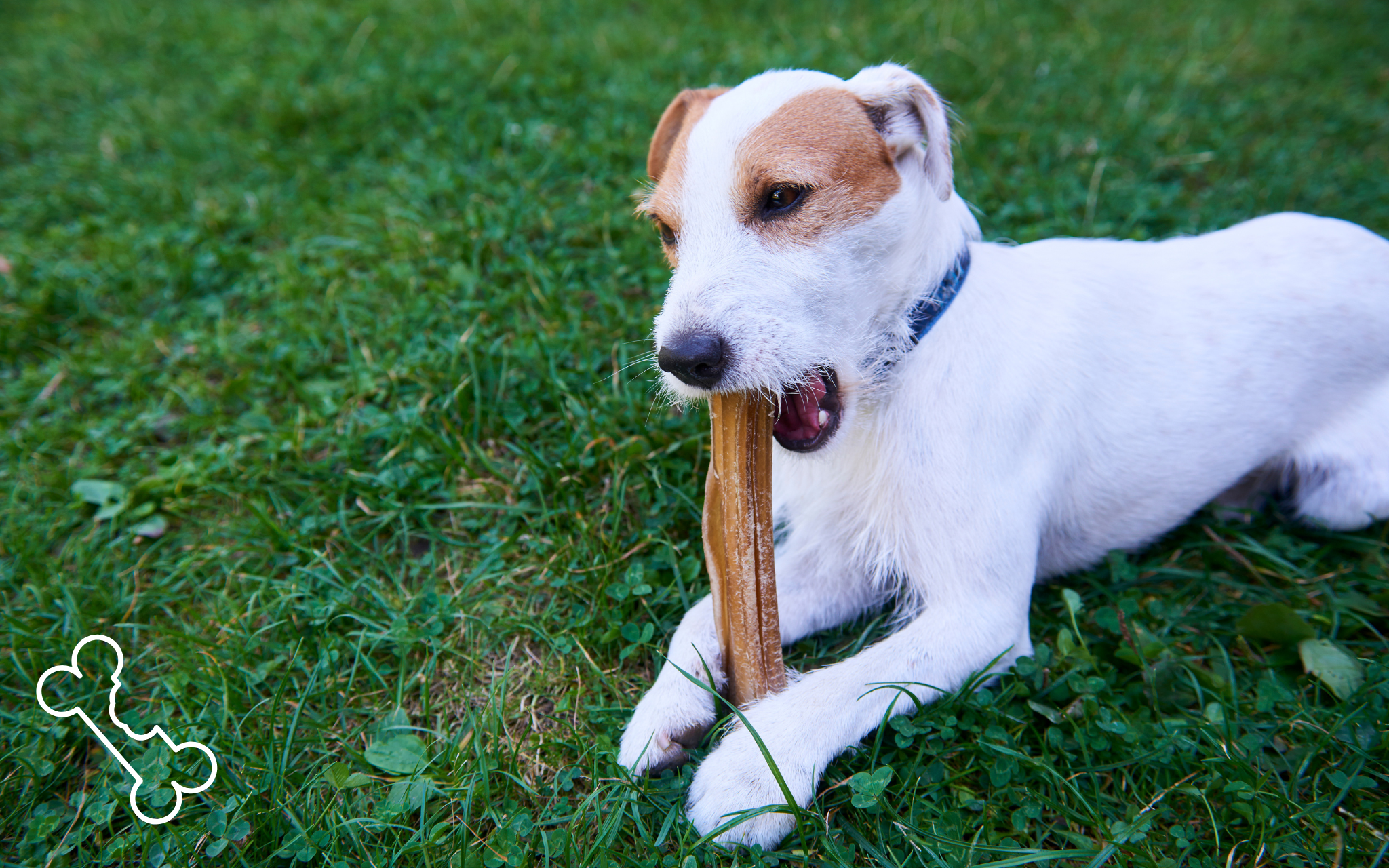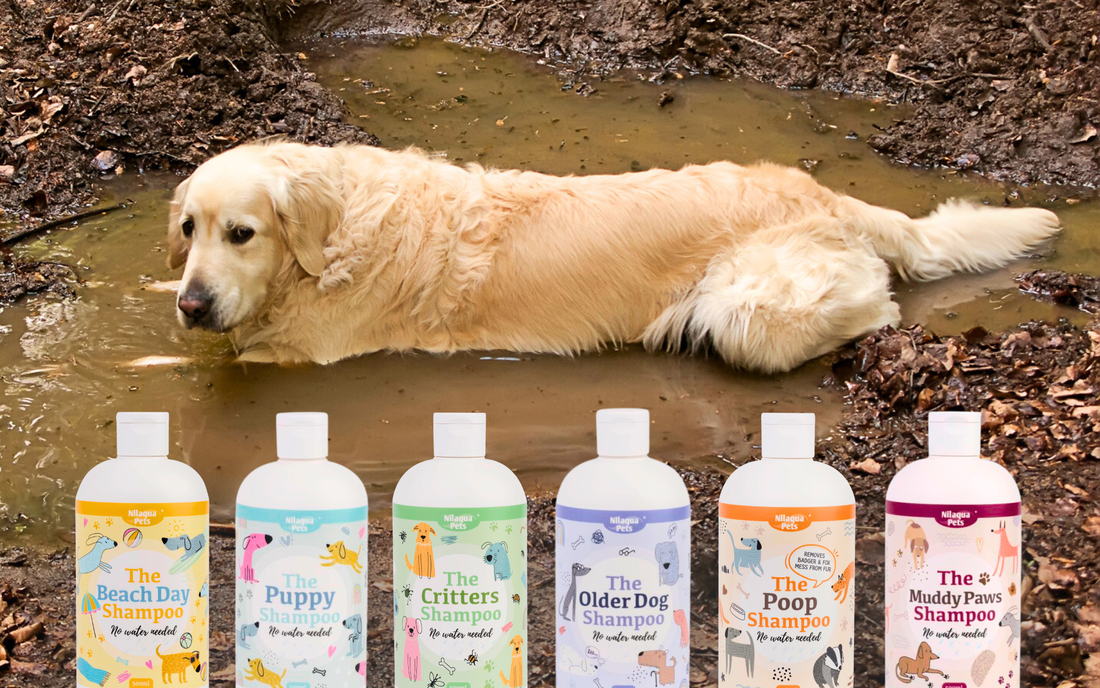Chewing is a very natural behaviour for dogs, but how they chew can be surprisingly telling. Patterns like hoarding, shredding, or speed-chewing may reflect their mood, energy levels, and preferences. This article covers five common chewing styles that could help indicate how your pooch is feeling.
1. The Fast Chewer
This type of chewer tends to devour everything quickly. So, if your pooch always finishes their treats in seconds, they probably fit within this category.
Here’s what this behaviour could mean:
- Fast chewing could indicate that your dog is feeling high levels of excitement or has a lot of pent up energy.
- This could also mean your dog is very food motivated and is therefore enthusiastic about the special treats and chews you offer to supplement their regular diet.
- If your dog seems at all stressed while gobbling down their goodies, it could be a mild case of resource guarding to prevent their chew from being taken away. This is more likely if other dogs or people are around.
Tips for supporting your fast chewer:
- Use longer lasting, sturdier chews like tendons and antlers to help slow them down.
- Give your dog a safe, calm space to enjoy their chew to reduce resource guarding.
- Use a chew holder or grip to encourage slower chewing and reduce gulping.
2. The Slow and Steady Chewer
In contrast to the fast chewer, the slow and steady chewer takes their time with each chew, savouring every last nibble. If your dog takes a long time or multiple chew sessions to get through their chews, this is likely their category.
Here’s what this behaviour could mean:
- Chewing slowly can indicate that your dog is feeling calm and content while enjoying their chew.
- If your dog is particularly slow with certain types of chews, they may be picky or selective about which flavours and textures they enjoy.
- Slow chewers also tend to be less food motivated, and are therefore not in a hurry to devour everything in sight like other types of chewers.
Tips to support your slow and steady chewer:
- Choose flavourful chews with a strong scent to help keep them engaged, like trachea, for example.
- Pay attention to their preferences and stick to chews with their favourite flavours and textures.
- Offer chews during safe, calm, and relaxed moments, as their slower chewing style may reflect a need or desire for peace and quiet.
3. The Hoarder
Instead of chewing straight away, some dogs like to stash their chews away. If you often find your dog’s chews stashed in their bed, behind furniture, or under cushions, they likely fit into the hoarder category.
Here’s what this behaviour could mean:
- Your dog’s hoarding behaviour may be caused by their natural resource preservation instincts, and they likely see the chew as high value and something to protect.
- While not always the case, hoarding can indicate feelings of anxiety or uncertainty.
- If the environment where you give them the chew is busy or overstimulating, they may be saving it for later when they feel more comfortable.
Tips for supporting your hoarder:
- Offer chews on a consistent schedule to help build trust that more will always come, as this can reduce their urge to build a stash.
- Try offering what they consider to be lower-value chews during busy times so they’re more likely to chew immediately rather than hoard.
-
Create a safe, quiet space for chewing to help them feel relaxed and undisturbed, as this can help make them comfortable enough to settle down to enjoy it instead of hiding it away.
4. The Shredder
Some dogs find it fun to rip and shred their chews into little pieces. They may then eat all of it, or just some if they’re more interested in the ripping aspect. If your dog’s chews tend to look like they’ve been through a shredder, this is their category.
Here’s what this behaviour could mean:
- If your dog’s chews get completely obliterated, this can reflect high energy levels or strong prey drive, both of which may be related to their breed.
- Some dogs have a natural urge to “dissect” and destroy rather than consume.
- Your dog could be chewing (or shredding) as a form of stress release, and it may just be their way of self-soothing or decompressing.
Tips for supporting your shredder:
- Choose textured, tough chews that can withstand tearing, such buffalo horns and cow hooves, to give them something to really work at (you could also fill these chews with peanut butter to encourage chewing and licking while reducing shredding).
- Supervise closely and remove small shredded bits to prevent accidental swallowing or choking on pieces that seem unsafe to eat.
- Offer chews after exercise or during downtime when they’re more likely to focus, as shredding can be a sign of built-up tension, so timing matters.
5. The Carry-Around Chewer
Some dogs show a lot of interest in the chew you’re offering, only to pick it up and carry it around without really chewing. If your dog likes to carry their chew around like an accessory, this is their category.
Here’s what this behaviour could mean:
- In the same way that some dogs like to carry around their favourite toy or blanket to feel safe, your dog may be using the chew like a comfort object.
- Their unwillingness to settle and chew could indicate that they’re feeling slightly uncertain, overstimulated, or anxious.
- Similarly to the hoarder mindset, your dog may be carrying it around in an effort to keep it safe, especially if it’s a chew they view as high value.
Tips for supporting your carry-around chewer:
- Try offering a soft toy they can carry around instead, something safe and comforting that satisfies the urge to “hold” something.
- Once they have another object they like to hold instead, encourage actual chewing by giving flavour-rich chews during quiet, calm moments.
-
Strong-scented options like pig ears are more likely to help redirect their attention back to chewing than odourless chews.
Final Thoughts
Did you find your dog’s chew style in this article, or do they do something different? Every dog has their quirks, and no chewing style is inherently good or bad. Additionally, you may notice these patterns can shift depending on their age, environment, or mood. Try to explore different chew types to see what your dog prefers, and in watching them enjoy their goodies, you might learn something new about them!





